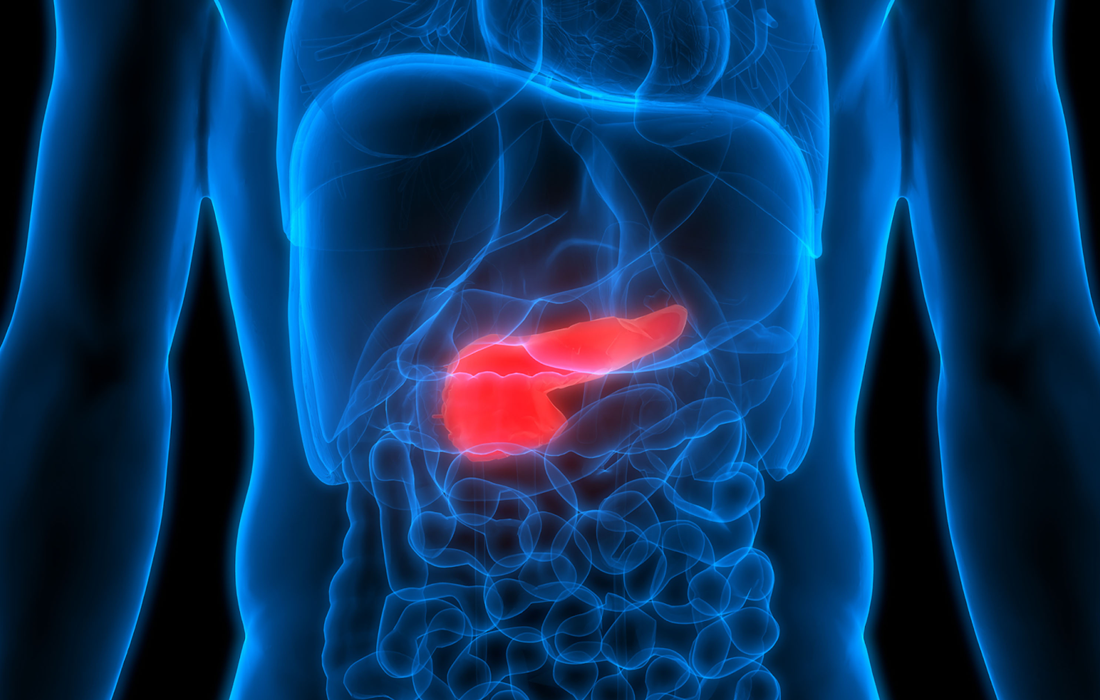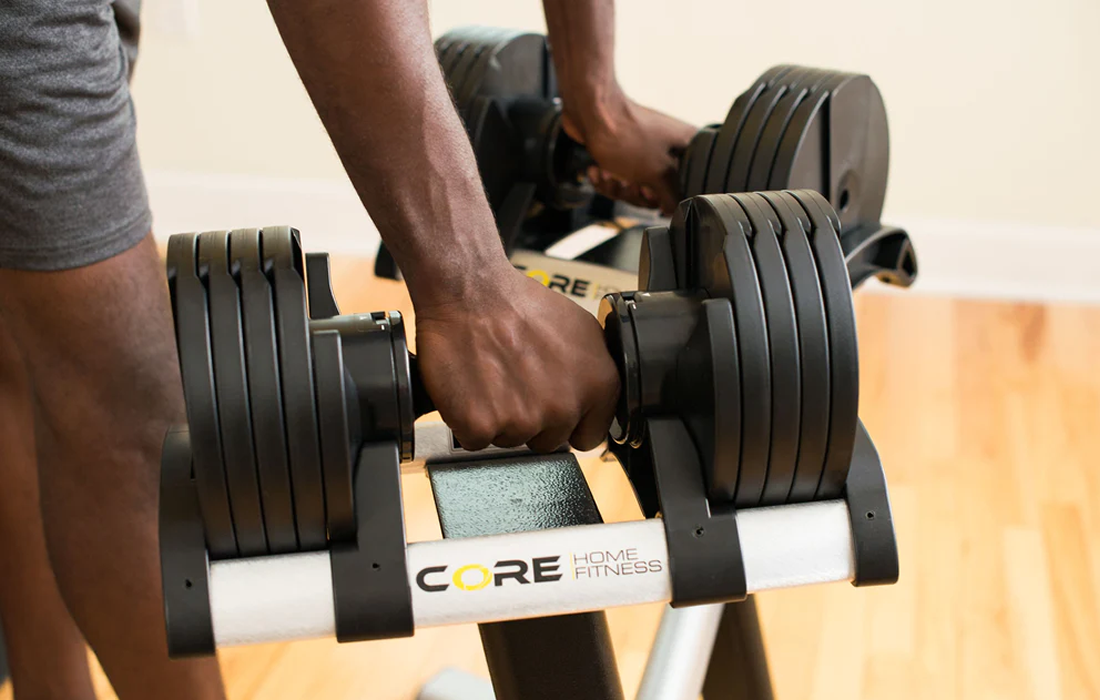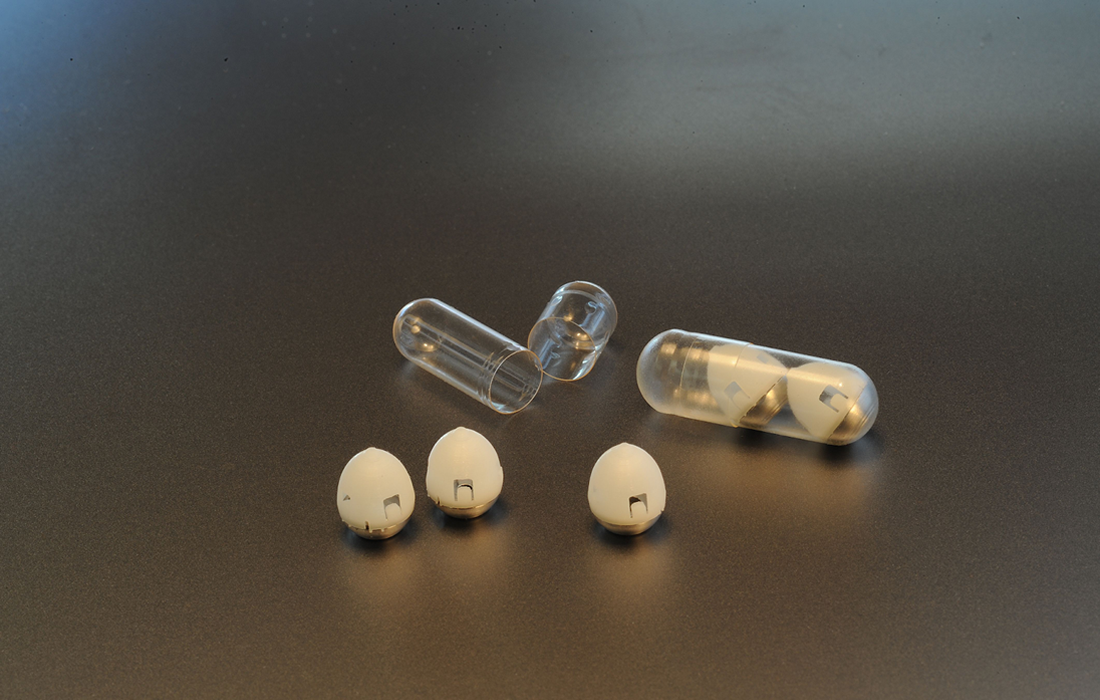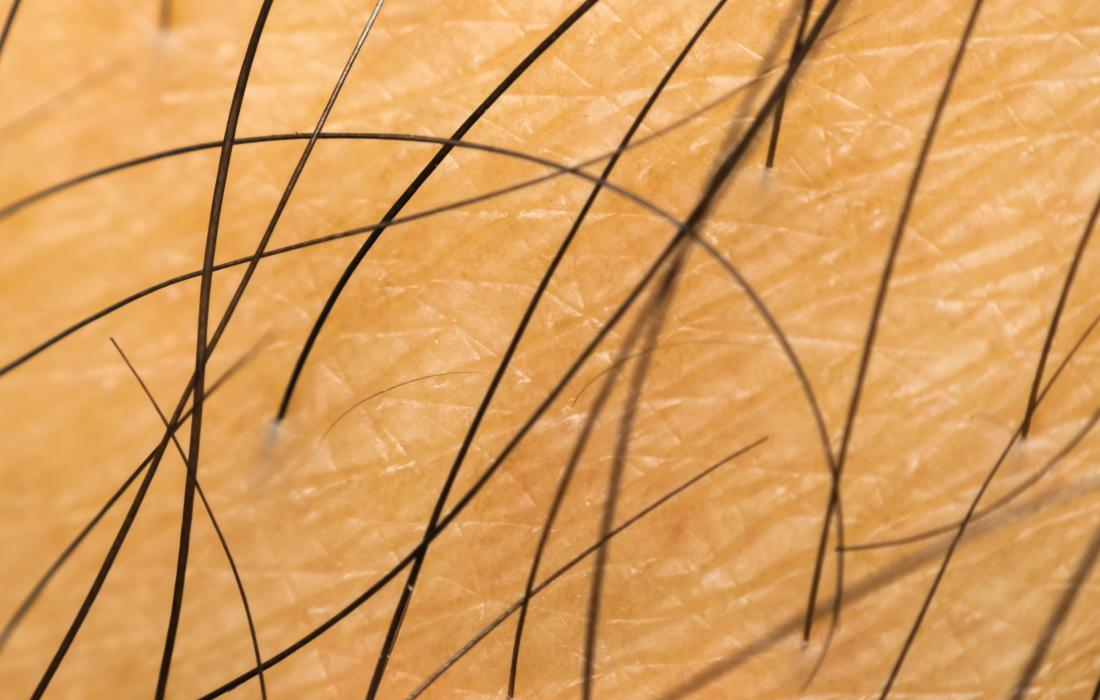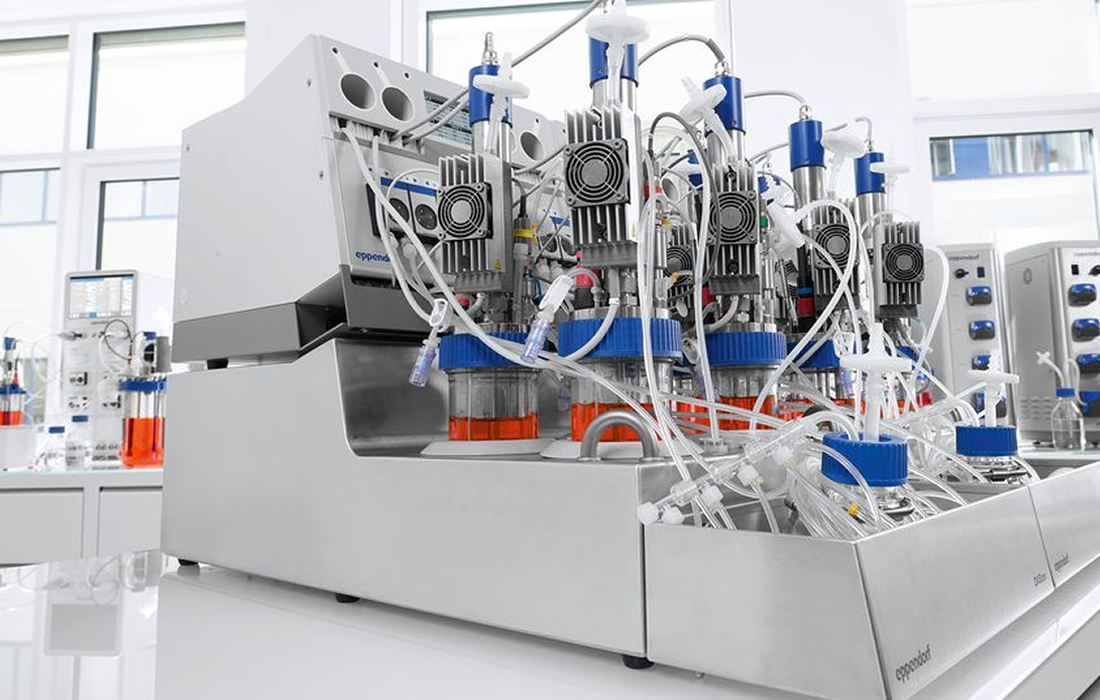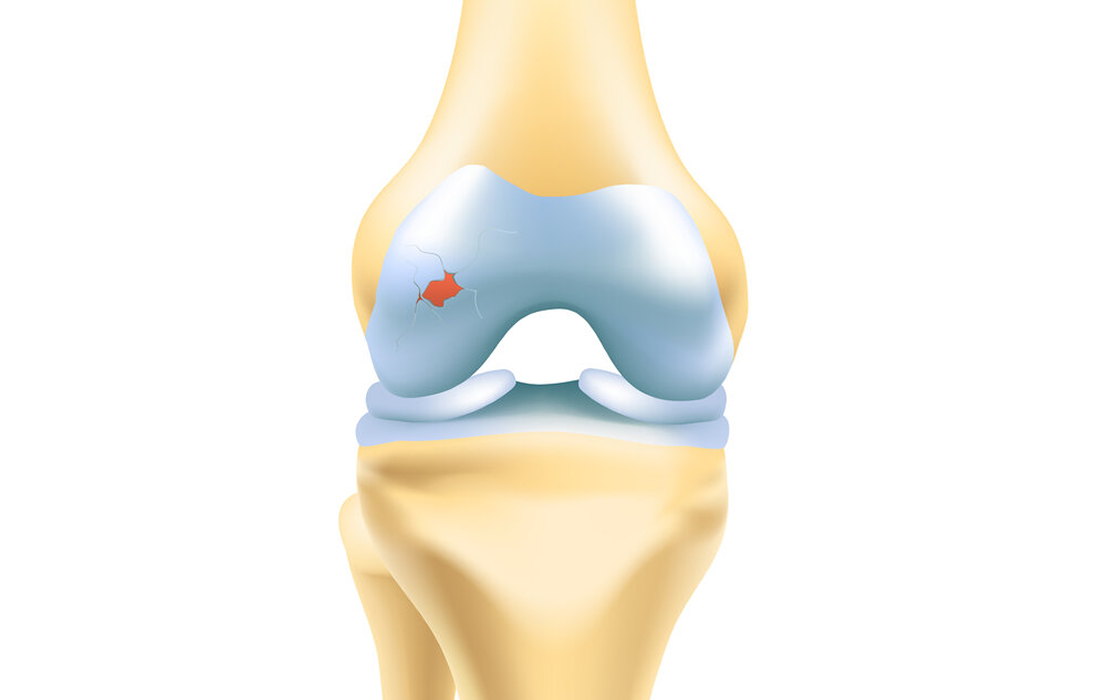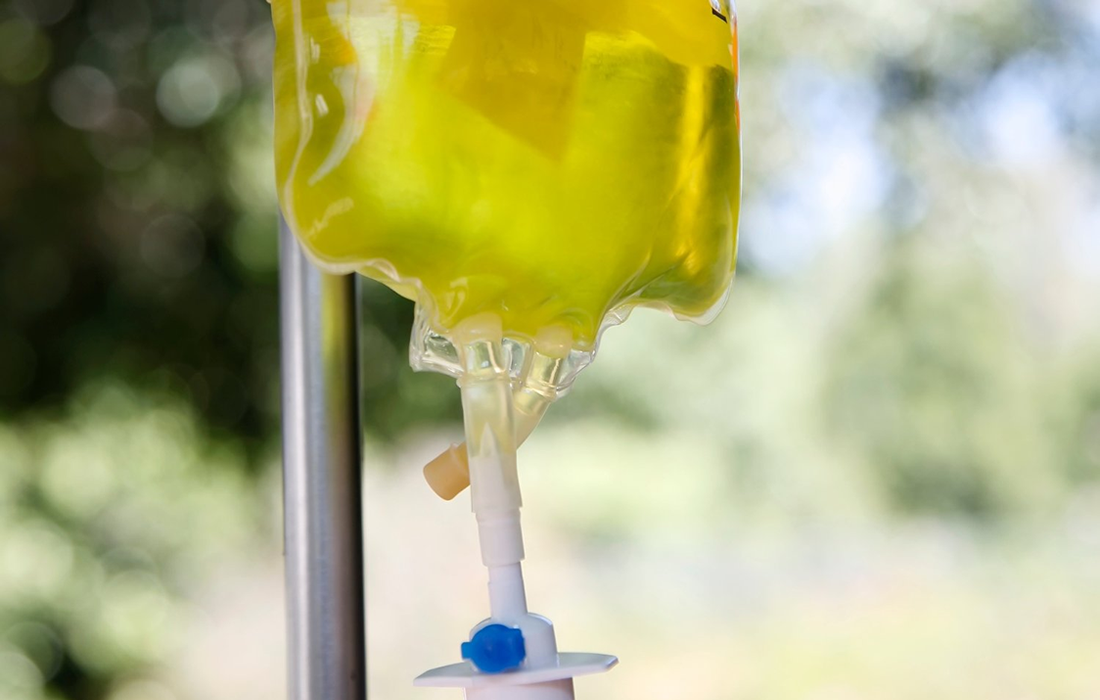The burden of type 2 diabetes is far reaching, with an estimated 415 million people affected worldwide and an estimated annual global health expenditure of US $760 billion. Intensive glycemic management to achieve the target glycated hemoglobin (HbA1c) value of less than 7% (53 mmol mol−1) is supported by good-quality evidence, but glucose control remains inadequate globally. […]
Author Archives: Gabriel Piña, MD
Exercise plays a significant role in training, rehabilitation, and a healthy lifestyle. These activities require different regimens based on the desired outcomes. For instance, unlike a senior citizen, an athlete can undertake a demanding exercise routine. An appropriate training program design should, therefore, be based on identifying and analyzing factors affecting individual training. Previous research […]
For the millions of people living with diabetes, insulin is a life-saving drug. Unlike many other medicines, though, insulin cannot be easily delivered by swallowing a pill , it needs to be injected under the skin with a syringe or pump. Researchers have been making steps toward an insulin pill, and now, a team reports […]
A new study led by researchers at the Johns Hopkins Bloomberg School of Public Health found that older adults with greater severity of hearing loss were more likely to have dementia, but the likelihood of dementia was lower among hearing aid users compared to non-users. The findings, from a nationally representative sample of more than […]
Tissue remodeling is the reorganization of tissue architecture, which can be either physiological, responsible for directing the development and maintenance of tissues, or pathological, occurring after tissue injury. During wound repair initiated by an injury to the skin, cells migrating into the wound bed deposit a mass of granulation tissue to re-establish the barrier integrity […]
Stem cells offer great promise in the treatment of many diseases and injuries, from arthritis and diabetes to cancer, due to their ability to replace damaged cells. However, current technology used to harvest stem cells is labor intensive, time consuming and expensive. Biomedical engineer Professor Majid Warkiani from the University of Technology Sydney led the […]
Arthritis is a common and painful disease caused by damage to our joints. Normally pads of cartilage cushion those spots. But injuries or age can wear it away. As cartilage deteriorates, bone begins to hit bone, and everyday activities like walking become terribly painful. The best treatments available try to replace the damaged cartilage with […]
Aging is a complex process for which distinct molecular aspects contribute to age-related tissue dysfunction. Systematic analysis of epigenomic and transcriptomic changes across mouse tissues during aging identified several recurring processes including interferon alpha response, IL6-JAK-STAT3 signaling, complement, and other components of innate immune response being gradually upregulated with age. Glaucoma, an age-related eye disease, […]
Sarcopenia is characterized by a progressive and generalized loss of skeletal muscle mass and strength . Increasing age is a well-recognized risk factor for sarcopenia such that worldwide the condition affects >50 million people over the age of 50 y. Whereas maintenance of strength and function is recognized as important for preventing functional limitations, physical […]
Muscle stem cells are responsible for muscle growth, repair and regeneration following injury throughout a person’s life. In fully grown adults, muscle stem cells are quiescent — they remain inactive until they are called to respond to injury by self-replicating and creating all of the cell types necessary to repair damaged tissue. But that regenerative […]

